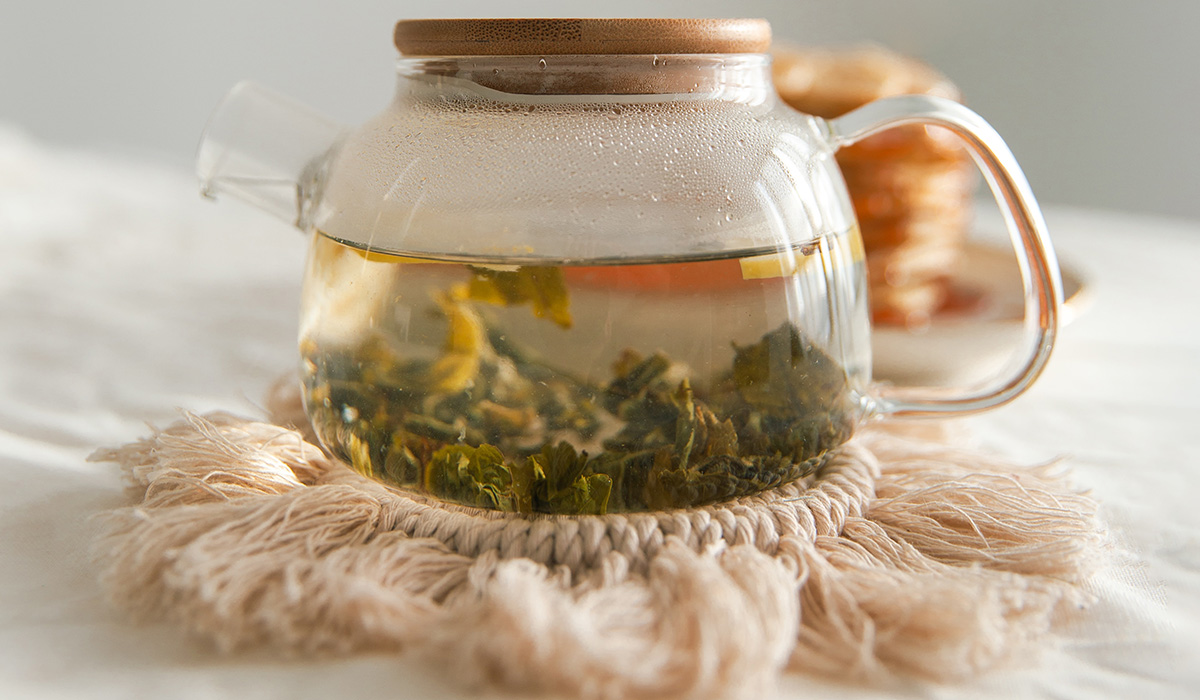Discover the captivating world of white tea, whether you’re a seasoned tea enthusiast or new to this enchanting beverage. In the upcoming weeks, we’ll explore the diverse range of teas, dedicating each Monday to a different variety. If there’s a specific tea type you’d like us to cover, such as yellow tea, green tea, oolong, black tea, or puerh tea, kindly let us know in the comments section.
Origins and Unveiling the Rarity:
Originating from China’s Fujian Province, white tea carries a legacy steeped in history. While its exact origin sparks debates, its distinct processing techniques have evolved over the centuries. Fuding, Zhenghe, and Jianyang stand as the prominent regions where this exceptional tea is cultivated. Contrary to its marketed rarity, white tea has garnered increasing popularity worldwide.
Noteworthy Varieties – Embark on a journey through the finest white teas:
Bai Hao Yin Zhen (Silver Needle): Crafted solely from unopened buds, this premium white tea boasts the highest grade, delighting with its delicate and refined flavor.
Bai Mu Dan (White Peony): Blending unopened buds with larger leaves, this variety presents intact leaves with a vibrant green hue, offering a subtly nuanced taste.
Shou Mei (Longevity Eyebrow): Characterized by a higher leaf-to-bud ratio than Bai Mu Dan, Shou Mei unveils broken leaves with a warm brownish color.
Gong Mei (Tribute Eyebrow): Crafted predominantly from larger leaves with scattered buds, Gong Mei represents the entry-level grade of white tea, featuring broken, brown leaves.
The Art of Processing:
White tea undergoes meticulous processing, involving withering to reduce moisture content, followed by gentle drying. Traditional sun-drying methods have given way to modern techniques employing ovens or dryers. Exceptional teas may exhibit additional processing styles, such as rolled pearl or blooming teas.
Flavor Profile:
Indulge in white tea’s captivating blend of floral, fruity, and vegetal notes. Explore the refreshing flavors of cucumber, melon, meadow flowers, and snow peas, occasionally interlaced with hints of hay or grass. Its delicacy and mildness provide a unique experience, especially for those seeking a more subtle taste. Pro Tip: Awaken your palate by sipping room-temperature water and enjoying a salty cracker before savoring white tea.
Mastering the Brew:
While there are no hard and fast rules for brewing white tea, we offer some guidelines to enhance your experience. Opt for lower water temperatures, akin to green tea, to extract the tea’s essence. High-quality white teas can withstand hotter water, while lower-quality ones may reveal their flaws under intense heat.
For a western brewing method, maintain water temperatures between 160 and 175°F (71 to 79°C), adjusting steeping times between 3 and 8 minutes, depending on the tea’s characteristics. Measuring fluffy white tea leaves can be challenging, so ensure accuracy by weighing them. Typically, 2 to 2.5 grams of leaves per 8-ounce cup of water is recommended.
For a more refined approach, embrace the Gongfu style. Utilize a gaiwan or glass pitcher to avoid heat retention, as yixing teapots may affect the infusion. Water temperatures ranging from 175 to 212°F (79 to 100°C) and steeping times of 30 seconds to 1 minute will unveil the tea’s full potential. For a leisurely experience, try the grandpa style, perfect for those moments of relaxation.
Share Your White Tea Story



Leave a Reply
You must be logged in to post a comment.